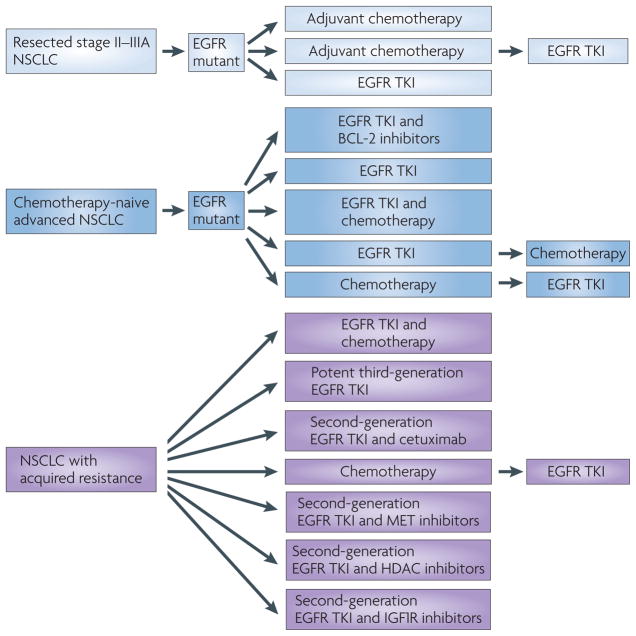Figure 6. Potential treatment strategies to cure EGFR-mutant lung cancer.
The optimal treatment strategies for patients with epidermal growth factor receptor (EGFR)-mutant tumours that present with early-stage disease (pale blue, top), late-stage disease (blue, middle) and acquired resistance (purple, bottom) are an active area of investigation. Patients with resectable tumours may benefit from adjuvant chemotherapy, tyrosine kinase inhibitors (TKIs) or both in varying sequence of treatment. Patients with late-stage disease may benefit from combination therapy with a TKI, which may delay or prevent the emergence of acquired resistance. For example, agents targeting the apoptotic pathway combined with TKIs enhance cell death of EGFR-mutant cells in preclinical models66,68,69,123. Alternatively, the addition of chemotherapy before, after or concurrent with TKI treatment may induce a synergistic response. Finally, in the case of acquired resistance, continuation of the TKI in combination with various other agents may be the most beneficial strategy. However, the selection of additional therapies depends heavily on the molecular composition of the tumour and the mechanism of resistance. HDAC, histone deacetylase; IGF1R, insulin-like growth factor receptor 1; NSCLC, non-small-cell lung cancer.

